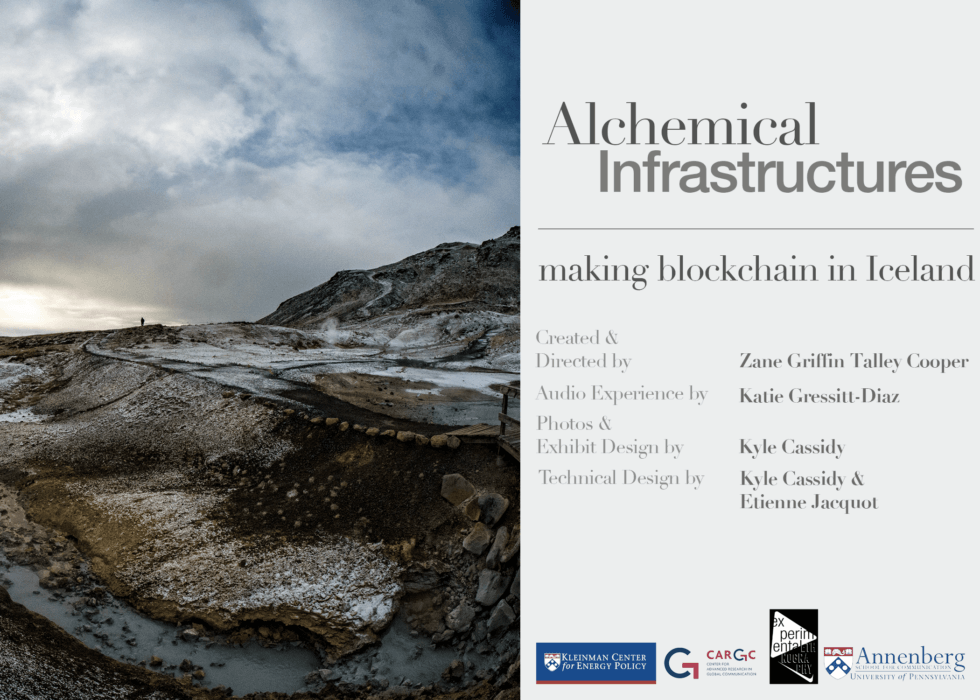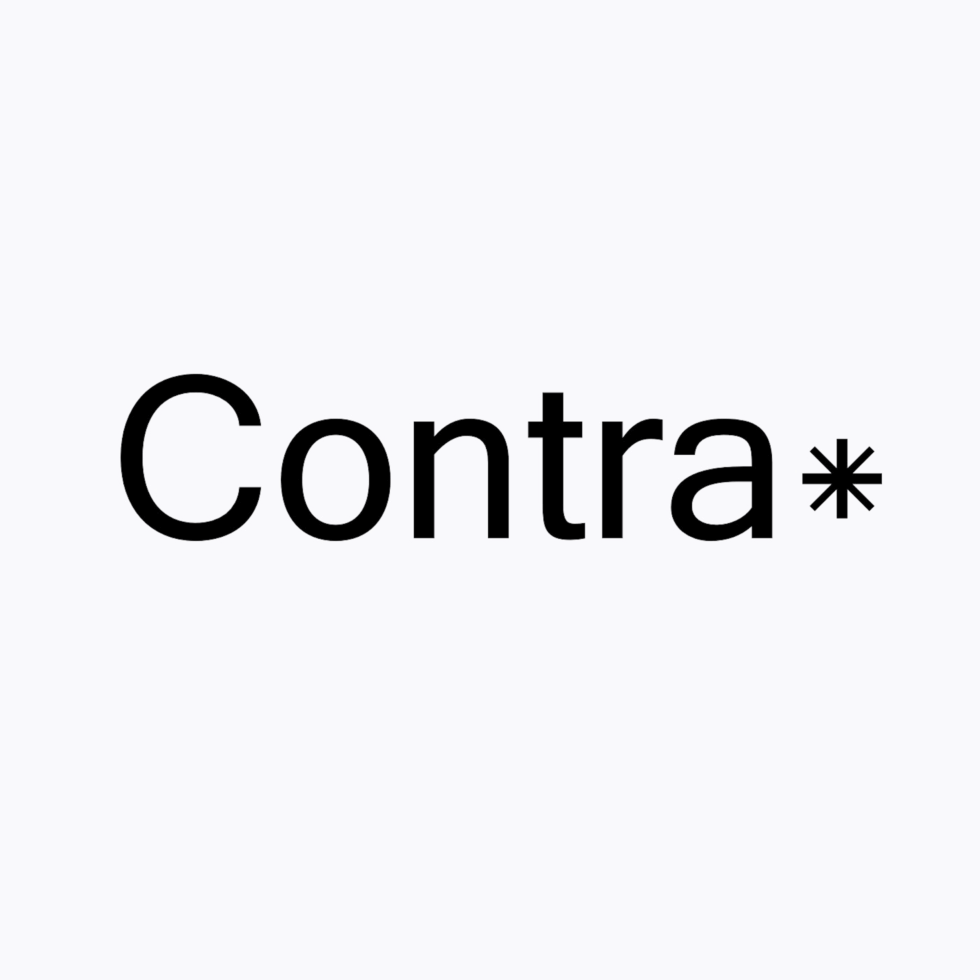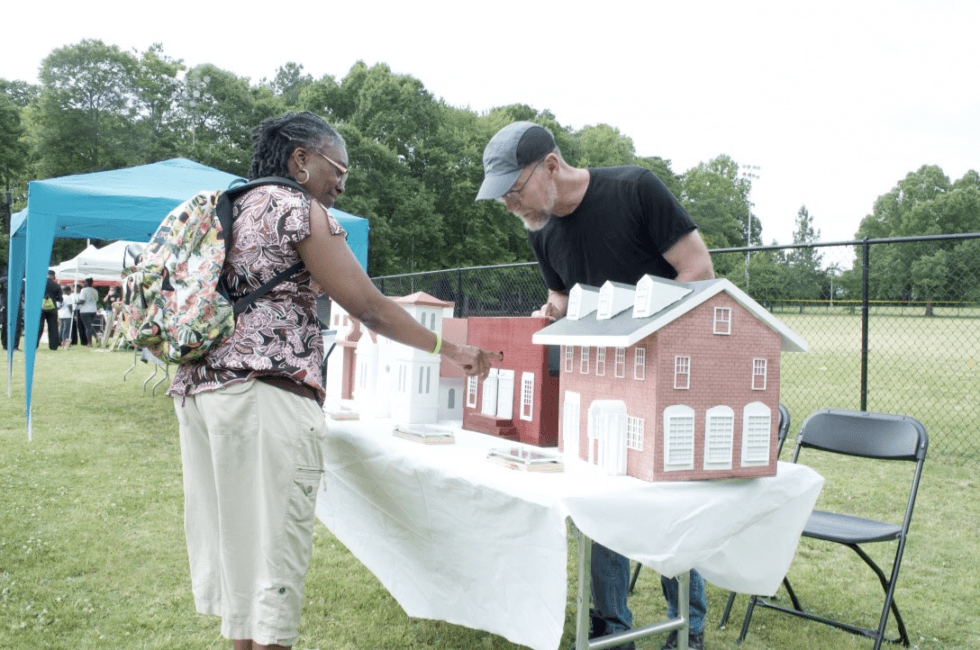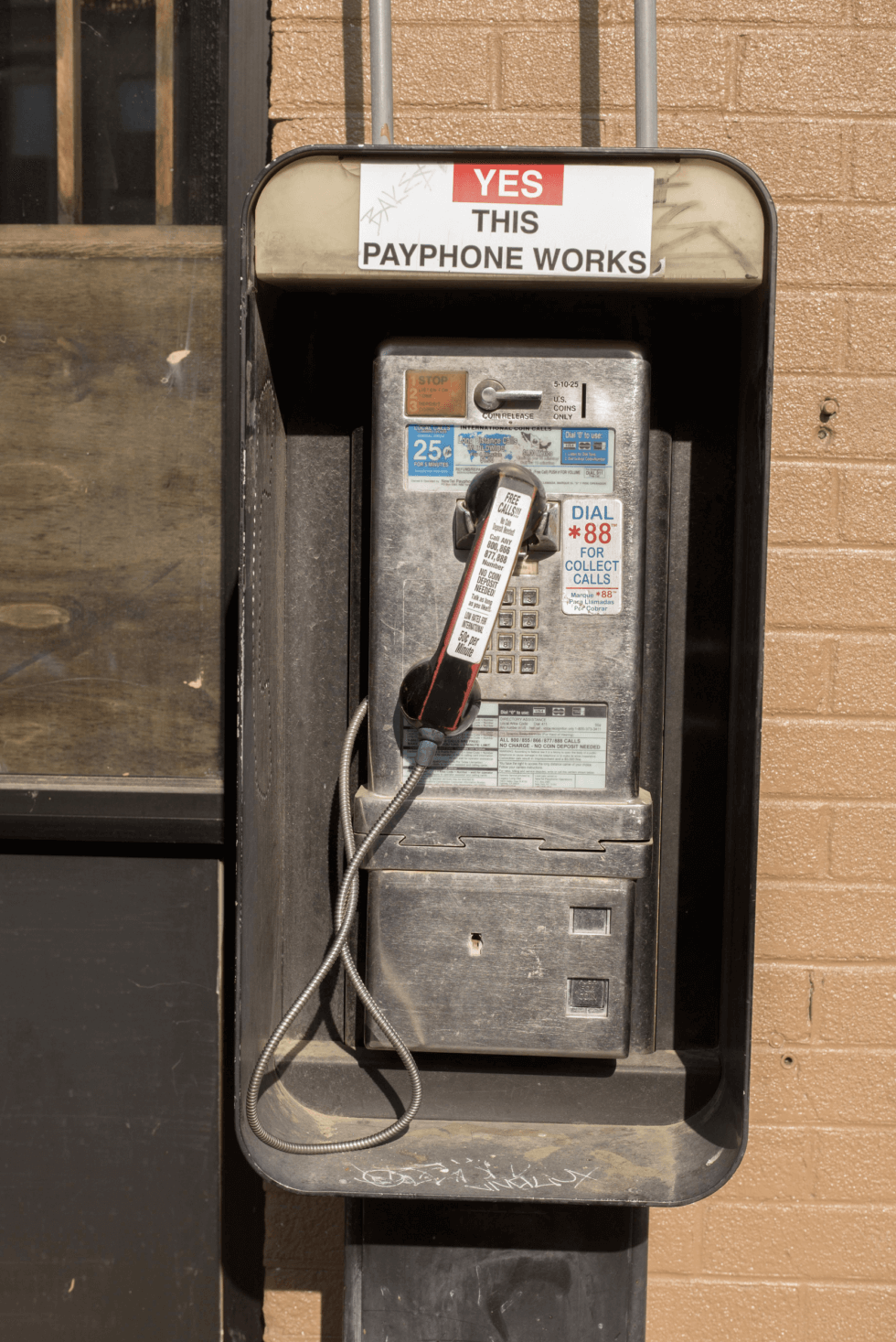

Zane Griffin Talley Cooper, University of Pennsylvania;
Katie Gressitt-Diaz, Rutgers University;
Kyle Cassidy, University of Pennsylvania
Alchemical Infrastructures: Making Blockchain in Iceland explores not the mining of cryptocurrency, but the complicated, difficult, political, and energy-intensive practice of making cryptocurrency in Iceland; a combinatory process of infrastructures, social systems, political institutions, and desires, all intentionally brought together in search of new monetary futures — or in other words, alchemy.
Aquatic Fabulations on the Schuylkill: Speculative Bodies of Translation
Greg Sieber, A.J. Drexel Autism Institute;
Steven Hammer, St. Joseph‘s University
Though many narratives surrounding the river are not limited to health or pollution, they often tell their stories through objects in much the same way. Researchers have investigated how oil refinery complexes serve as sites of understanding and the ways in which the Schuylkill River shaped cultural, social, and economic practices through the prevalence of catfish consumption. While the list is long and varied, each narrative relies on some object, or constellation of objects, to express these stories. We consider the selection of these objects an important methodological concern.

Aimi Hamraie, Vanderbilt University
Contra* is the podcast about disability, design justice, and the lifeworld. This show is about the politics of accessible and critical design—broadly conceived—and how accessibility can be more than just functional or assistive. It can be conceptual, artful, and world-changing. At this Making and Doing exhibition, participants will have a chance to listen to the podcast and read the transcript. The host (Aimi Hamraie) will also be there to answer questions about the podcast design.
Feeling It: Creating Techniques of Embodied Knowledge with Virtual Reality Experiences
Kara E Miller, California State University, Long Beach
With implications for undoing determinism in human experience, this work interrupts entrenched worldviews and traces power through the physical body in the name of greater public good. New moral arrangements are necessary for changing human conditions. We utilize public science to reshape experiential infrastructures by imparting felt senses of otherness, or care.

Zachary Blair
The primary goals of this exhibit are to (1) raise awareness of the experiences of displaced black communities at the hands of the State and (2) assist in the development of a new theoretical lens for critically analyzing racial capitalism.

Udaya Lakshmi;
Udaya Lakshmi, Georgia Institute of Technology;
Hugh Crawford, Georgia Institute of Technology
This installation is a representation of permanence in the face of migratory movements. Through the birdhouses, we animate stories from residents using different media interactions. Our installation brings together humanities, ecology, and STS scholars to create artifacts that reflect upon the shared memory of a neighborhood.

Jessa Lingel, University of Pennsylvania;
Kyle Cassidy, University of Pennsylvania
With their allure of urban decay, payphones have provoked a number of reimaginings, from libraries to art installations (Stokes et al., 2014). We use archival research, interviews and photographic documentation to ask, what is the work of a payphone? How and by whom are they used, repaired and repurposed? What do these practices reveal of media politics and urban futures?
What Do Echoes Say?: Faubourg Tremé and the Socio-Sonic
Reagan Patrick Mitchell
Altogether, this study resulted in increased understanding of how collective spatial embodiment and/or re-imagining of place occurs through communal memory in response to violent infrastructural change. An inquiry I formulated to engage community members was, How does consideration of environmental sound topographies extend perspectives in conceptualizing and educational space?
